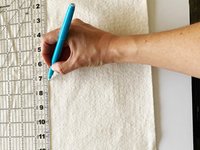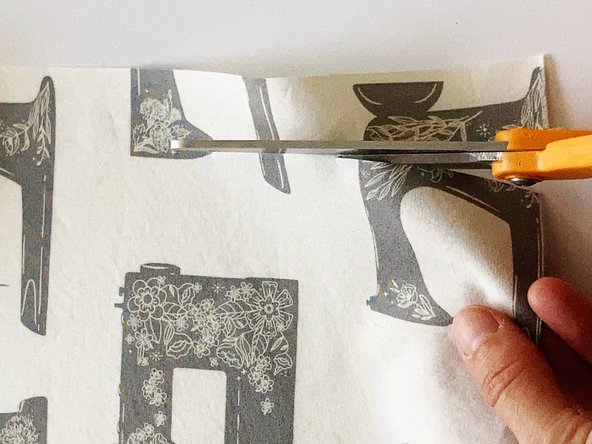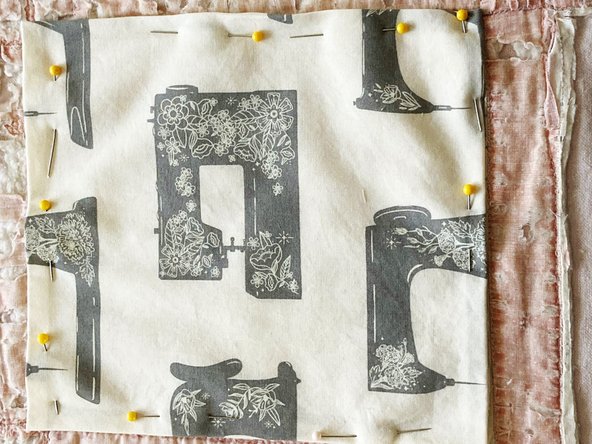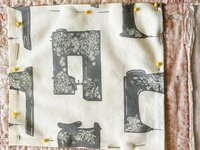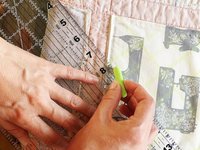crwdns2915892:0crwdne2915892:0
Handmade quilts are a labor of love. They take dozens of hours to make and require both artistry and precision. Caring for and repairing antique quilts is necessary to not only preserve them but to ensure that they serve their intended purpose.
For this fix you need to know how to operate a basic sewing machine. Prepare a clean work surface like a table or desk.
crwdns2942213:0crwdne2942213:0
-
-
Carefully cut away damaged, torn, or frayed fabric.
-
-
-
Measure the size of the hole. You will need to add a 1/2 inch to the width and length for seam allowance.
-
-
-
Measure and cut out your batting. The batting will be the exact size of the hole.
-
-
-
Fold the edges of the fabric over 1/4 inch. Press with an iron.
-
Work your way around until all sides of the fabric are pressed 1/4 inch.
-
-
-
-
With the wrong side of the fabric facing up, lay the batting on top of the fabric. Make sure the edge of the batting and fabric align.
-
-
-
Place the batting and fabric over the hole. The batting will be under the new fabric.
-
-
-
Pin the fabric and batting into place on the quilt.
-
-
-
Using a 1/4 seam, attach the patch by sewing along the edges.
-
-
-
There are two options for quilting the fabric: freehand or decorative stitch. The goal is to top stitch the fabric in an even pattern so that it is extra secure. This adds to the longevity of the quilt.
-
Next, sew along your marked pattern.
-
-
-
Following your pattern, top stitch over the patch.
-
Congratulations! You have successfully patched a quilt! Your work will ensure your quilt will be used for decades to come.
Congratulations! You have successfully patched a quilt! Your work will ensure your quilt will be used for decades to come.









